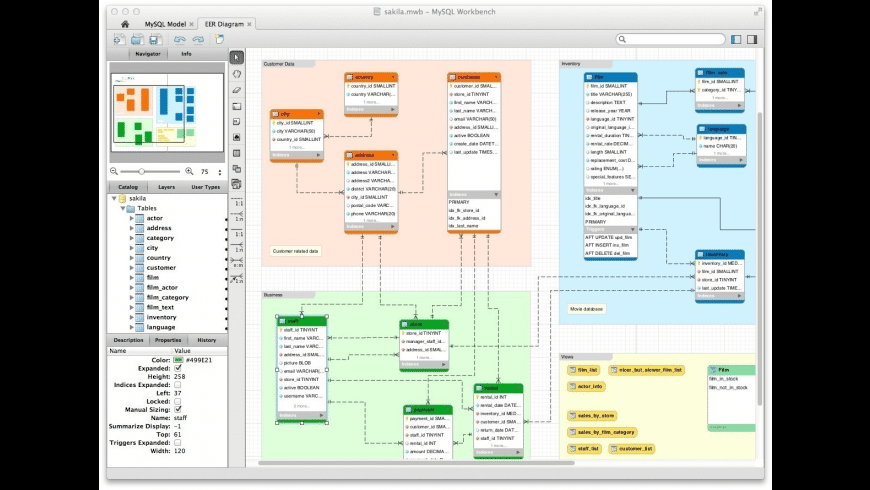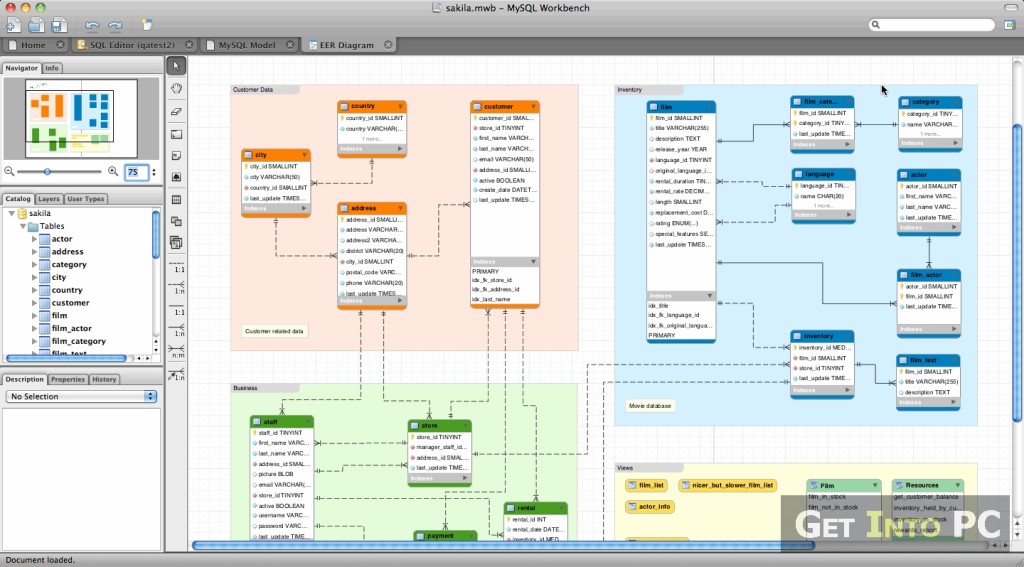Download the disk image (.dmg) file (the community version is available here) that contains the. MySQL is the most popular open source database management system. It allows you to quickly download and install and run a powerful database system on almost any platform available including Linux, Windows, and Mac OS X etc. #1) For installing/downloading MySQL on macOS through disk image (.dmg) or installer – download the disk image file for the community edition from here #2) Once the dmg file is downloaded, double click to mount the disk image and start the installation process. MySQL Database Server for Mac. If you need a GUI for MySQL Database, you can download - NAVICAT (MySQL GUI). It supports to import Oracle, MS SQL, MS Access, Excel, CSV, XML, or other formats.

For a list of macOS versions that the MySQL server supports, see https://www.mysql.com/support/supportedplatforms/database.html.

MySQL for macOS is available in a number of different forms:
Native Package Installer, which uses the native macOS installer (DMG) to walk you through the installation of MySQL. For more information, see Chapter 2, Installing MySQL on macOS Using Native Packages. You can use the package installer with macOS. The user you use to perform the installation must have administrator privileges.
Compressed TAR archive, which uses a file packaged using the Unix tar and gzip commands. To use this method, you will need to open a Terminal window. You do not need administrator privileges using this method, as you can install the MySQL server anywhere using this method. For more information on using this method, you can use the generic instructions for using a tarball, Installing MySQL on Unix/Linux Using Generic Binaries.
In addition to the core installation, the Package Installer also includes Chapter 3, Installing a MySQL Launch Daemon and Chapter 4, Installing and Using the MySQL Preference Pane, both of which simplify the management of your installation.
/female-on-internet-during-travel-526604826-5a81066304d1cf00378d87a9-5c2fe40146e0fb0001229e96.jpg)
Download Mysql For Mac

Download Mysql For Macbook Pro
For additional information on using MySQL on macOS, see Chapter 5, General Notes on Installing MySQL on macOS.
